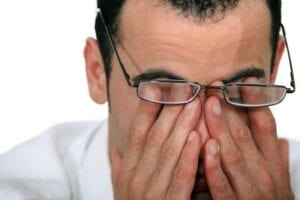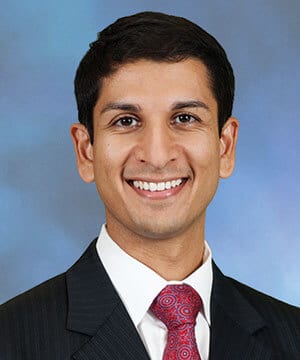Intense Pulse Light (IPL) Treatment
 A select few Accredited Dry Eye Centers of Excellence in the country are now able to offer dry eye sufferers a revolutionary treatment called Intense Pulsed Light Therapy (IPL). This mild non-invasive treatment allows us to target the most common underlying causes of Dry Eye Syndrome like ocular rosacea, blepharitis, and meibomian gland dysfunction, rather than just treating the symptoms.
A select few Accredited Dry Eye Centers of Excellence in the country are now able to offer dry eye sufferers a revolutionary treatment called Intense Pulsed Light Therapy (IPL). This mild non-invasive treatment allows us to target the most common underlying causes of Dry Eye Syndrome like ocular rosacea, blepharitis, and meibomian gland dysfunction, rather than just treating the symptoms.
Performed in the eye doctor’s office, IPL is a painless procedure. First, the IPL shield is applied to protect the eyes from the light. Then a thin layer of cooling gel is applied to the treatment area. Next, a small handheld device is used to administer pulses of light to the cheek and surrounding area.
Doctors believe IPL improves the function of eye glands that help lubricate the eye. Hundreds of patients have reported their eyes to feel better and their vision has improved after IPL therapy. Perhaps IPL is right for you, too.
How IPL can help
- While treating patients for a facial skin condition known as Rosacea, it was discovered that the Intense Pulsed Light (IPL) therapy also benefited those with Dry Eye Syndrome.
- The treatments affect the Meibomian glands, which produce oils that prevent the evaporation of tears.
- While wearing protective eye pads over your eyes and gel on the treatment area, your doctor will treat you with the IPL device.
- The IPL device is moved from one side of your face to another in stages, from the edge of your ear to the bridge of your nose, just under each eye.
- The device flashes an intense pulse of light with each application. You can expect to feel a mild impulse and some heat.
- After your IPL treatment, your doctor will express your Meibomian glands to clear any blockages.
Treatments and Results
 Treatments are repeated once a month over the course of four months, though significant improvement is seen in most cases with one or two treatments. After the initial treatment, most patients report some improvements in their symptoms. Depending on the severity of the dysfunction, some patients may need fewer treatments, while others may need more. All patients need maintenance therapy at least once a year.
Treatments are repeated once a month over the course of four months, though significant improvement is seen in most cases with one or two treatments. After the initial treatment, most patients report some improvements in their symptoms. Depending on the severity of the dysfunction, some patients may need fewer treatments, while others may need more. All patients need maintenance therapy at least once a year.
Don’t settle for a temporary solution
Home treatment options such as artificial tears, warm compresses, lid scrubs or medicated drops only treat the symptoms of dry eye – not the actual condition. So while they may offer temporary relief, they won’t make the problem go away.
Schedule your Dry Eye Evaluation today
Call (727) 581-8706 to schedule your appointment
Meet Your Dry Eye Care Specialist
 Neel R. Desai, M.D. is a fellowship-trained, board-certified, ophthalmologist strictly specializing in LASIK, cataract, and corneal diseases of the eye. Dr. Desai is a top graduate of the Pennsylvania State University College of Medicine and completed his fellowship in cornea, cataract, and refractive surgery at the Wilmer Eye Institute at Johns Hopkins University. He is recognized throughout the country and internationally as one of only 100 surgeons able to perform advanced corneal transplants and another complex cataract, corneal and refractive procedures. He holds pending patents to new surgical products and advanced cornea surgical procedures of his own design. Additionally, Dr. Desai has authored many book chapters in his field of study and continues to write articles in peer review journals.
Neel R. Desai, M.D. is a fellowship-trained, board-certified, ophthalmologist strictly specializing in LASIK, cataract, and corneal diseases of the eye. Dr. Desai is a top graduate of the Pennsylvania State University College of Medicine and completed his fellowship in cornea, cataract, and refractive surgery at the Wilmer Eye Institute at Johns Hopkins University. He is recognized throughout the country and internationally as one of only 100 surgeons able to perform advanced corneal transplants and another complex cataract, corneal and refractive procedures. He holds pending patents to new surgical products and advanced cornea surgical procedures of his own design. Additionally, Dr. Desai has authored many book chapters in his field of study and continues to write articles in peer review journals.

